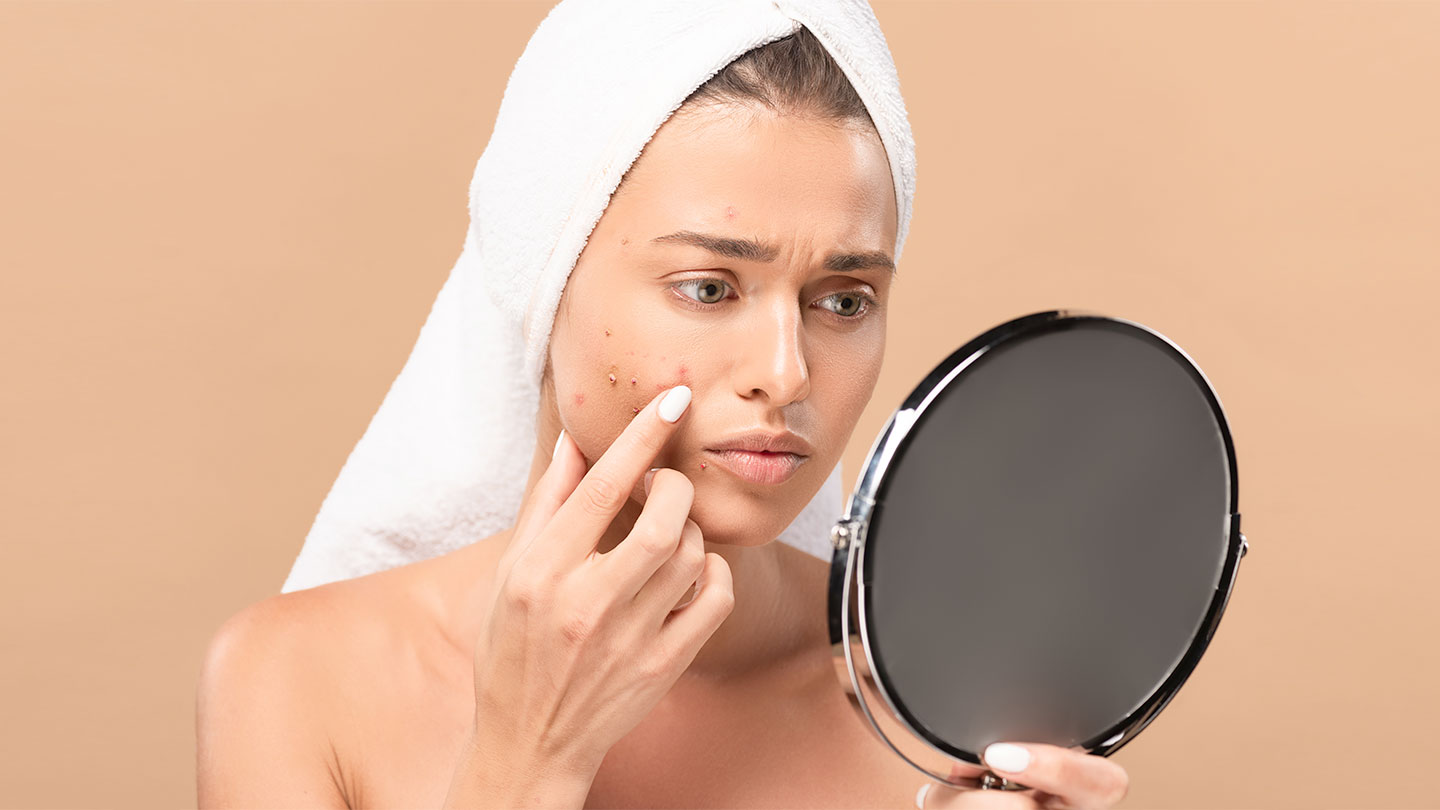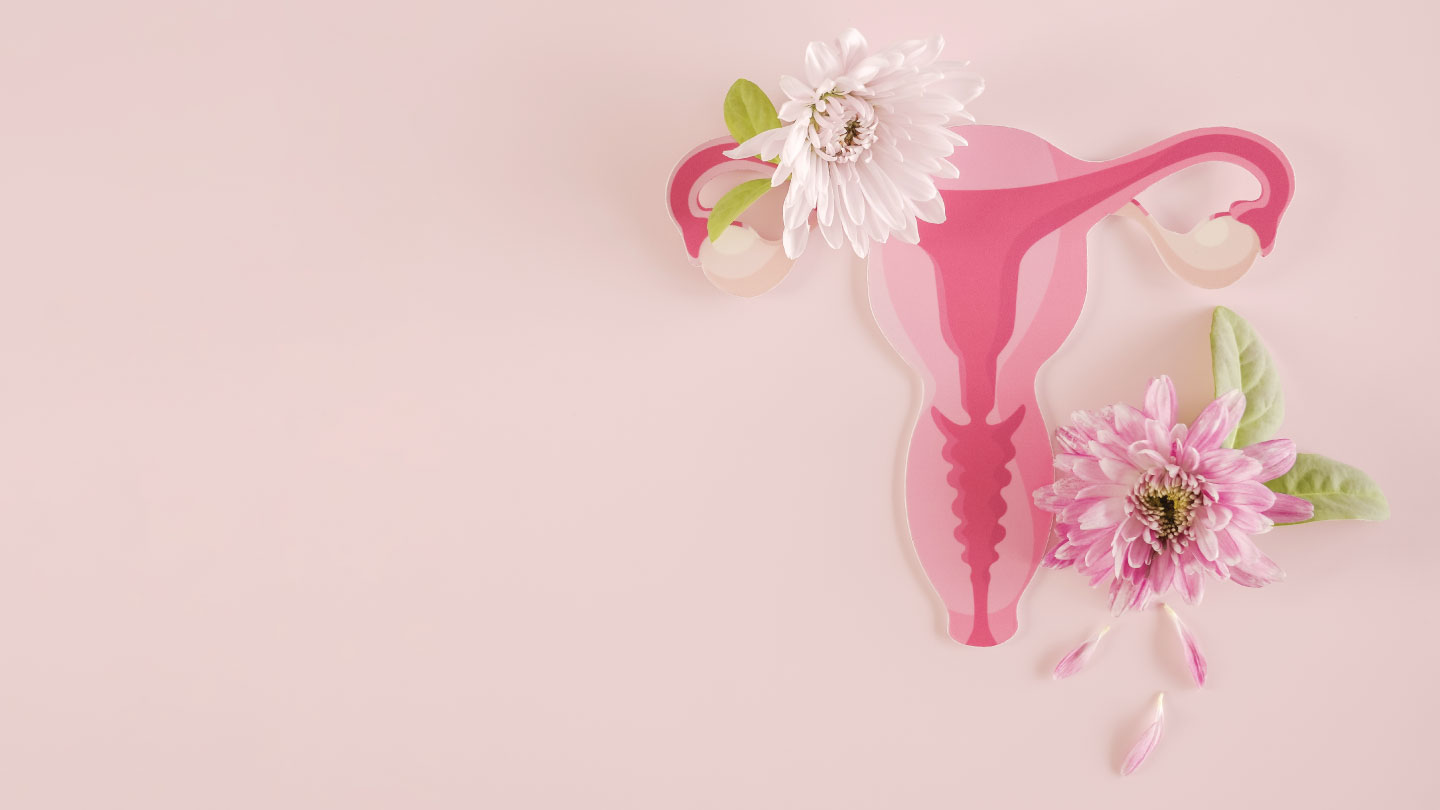Medical
Troubled By Large Painful Pimples? Here’s What To Do
Acne is a normal part of our life, but cystic acne is a serious condition that can hurt just to touch. Let’s see what causes it and remedies it.

One of the most commonly thought-of faults in our skin is Acne. Acne is an umbrella term that contains different types and forms of pimples. We experience them in different shapes and sizes, from tiny blackheads, pimples, to more serious forms like cysts. Cystic acne is one of the most painful and serious types of acne. It might develop as a result of excessive oil (sebum), or dead skin cells which cause pus-filled acne to develop under the skin. Simply put, think about your skin as the topmost layer, with many other layers under it. Cystic acne results when cysts form in one of these deep under-layers of the skin. These cysts may later cause swelling and painful red bumps. Different people may develop cystic acne at different parts of their bodies, which most commonly include face, back, or chest. Cystic acne is regarded as one of the most unpleasant types of acne because getting rid of them is not as easy as washing your face every day.
Related story: The Real Reason Behind Your Acne Breakouts
What Causes Cystic Acne
Cystic acne develops as a result of bacteria, dead skin cells, and excess sebum), getting trapped in your skin and blocking the pores. This causes your skin to become infected, and develop swollen cysts which hurt to touch.
The very basic causes of cystic acne might include factors like age, family history, and hormonal imbalance, however, it is essential to keep in mind that there are a number of different reasons why this condition might occur more frequently in some people but not in others. Thus, individual differences also play a role in causing this condition. Let’s look at some common causes:
1. Age (teenagers are more prone)
2. Hormonal changes or imbalances (menarche, menopause, PCOS and pregnancy)
3. Bacteria and oil buildup (wearing makeup or tight clothing can lead to moisture, sweat, and oil being trapped on the skin, triggering the infection)
4. Diet (despite unclear evidence, sometimes certain foods may trigger cystic acne)
5. Family history (if one or both of your parents struggled with acne, evidence suggests that you are at a stronger risk of developing cystic acne)
Related story: The Reason Behind Your Body Acne And How To Get Rid Of It
How To Identify Cystic Acne
While all other types of acne rest on top of the skin, cystic acne develops deep within the skin. So along with being the most serious form of acne, it is also the largest in size. Identifying factors include:
1. Large pus-filled cyst
2. Large white bump
3. Redness
4. Red lump under the skin
5. Tender or painful to touch
These may be noticeable on a person’s face, chest, back, neck, shoulders, hips or arms.
Related story: Polycystic Ovary Syndrome - Tests, Diagnosis, And Monitoring
How Can Cystic Acne Be Treated
Treating any sort of acne requires great patience, proper care, and perseverance. Visit a dermatologist to get a proper diagnosis and a treatment plan for cystic acne. Efforts should be made in various spheres of life for any treatment plan to work. It is also important to keep in mind that one kind of treatment plan might not suit everyone, so it might take some time to find a plan that works best for you. There is also a possibility that a suitable plan might start showing results after some days or months. Here are some simple ways you can mange cystic acne:
1. Remove makeup every night. Try going makeup-free when possible. Choose the right makeup and skincare products as per your skin type.
2. Use gentle facial cleanser and avoid harsh scrubs which can irritate or may even scratch the acne. Use a gentle cleanser/wash once every day.
3. Avoid picking, and scratching your skin.
4. Make significant changes to your diet. Certain evidence suggests that a low-glycemic diet can help alleviate acne. It helps in cutting back on sugar and other high-glycemic foods like white bread, potatoes, and pasta.
5. Take advice from a qualified dermatologist and stop relying on homemade remedies like toothpaste, baking soda to help soothe acne. These tend to aggravate acne.
Related story: The Beginner’s Guide To Building A Skincare Routine
Along with making the above-mentioned lifestyle changes, seeking a proper diagnosis from a dermatologist can strongly aid in getting rid of cystic acne. Depending on your skin type, acne type and health condition, the dermatologist might prescribe any of the following:
1. Antibiotics
2. Isotretinoin
3. Spironolactone
4. Steroid shots
Related story: Massage These Acupressure Points To Ease Headaches
When To Go To A Dermat
You can consult a dermatologist if you experience:
1. Swollen, red, painful acne
2. Acne scars
3. Signs of a skin infection
What Questions Should You Ask Your Dermat
You might consider the following questions to ask your dermatologist when going for a skin check-up:
1. What has caused my cystic acne?
2. What can I do at home to treat it?
3. Are there any side-effects of the medications provided by you?
4. How can I prevent my skin from breaking out in future?
5. How can I prevent scarring?
Related story:Prepare Your Skin For Winter
EXPLORE MORE
The start of the year is the perfect time to reset your health. These screenings can catch silent risks early and help you plan a healthier 2026.
Struggling to conceive with PCOS? The problem isn’t you, it’s PCOS. Here’s what to know.
A sprain isn’t “just a sprain.” Here’s what your ankles wish you knew.
Your body whispers before it screams. Here are the early heart disease warning signs most people overlook until it’s too late.









.jpg)
